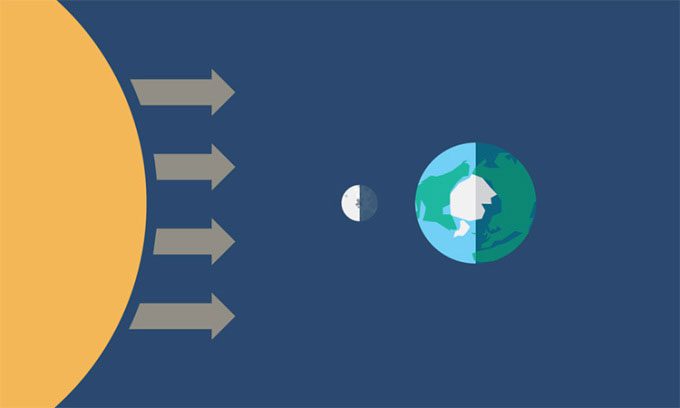At approximately 3:53 AM on January 22 (Hanoi time), the new moon will reach its closest position to Earth, about 356,568 km away. This is a very special and rare event, referred to as a “Supermoon” because the moon will appear large and brilliantly bright in the sky.

Position of the Sun, Moon, and Earth during the new moon. (Photo: Timeanddate)
Due to its proximity to Earth, the new moon on January 22 will be the largest new moon visible in the sky since December 3, 1030, according to data compiled by Timeanddate from NASA’s Jet Propulsion Laboratory (JPL). After this event, humans will have to wait until January 20, 2368, to experience a similar occurrence.
The moon’s orbit around Earth is not a perfect circle. In fact, this orbit is elliptical, meaning the distance between the moon and Earth is uneven, with the farthest point referred to as “apogee” and the nearest point called “perigee.”
“If the perigee or apogee coincides with the new moon or full moon—when Earth, the moon, and the sun align—the closest and farthest distances of the moon also decrease or increase,” explains Timeanddate.
During the new moon, the moon is positioned between the sun and Earth. At this time, the moon is not visible to humans because the side of the moon facing Earth is shrouded in darkness (From Earth, humans can only see the portion of the moon that reflects sunlight). Another reason is that the new moon occurs in the daytime sky. The moon rises and sets around the same time as the sun, making it invisible to the naked eye.


















































